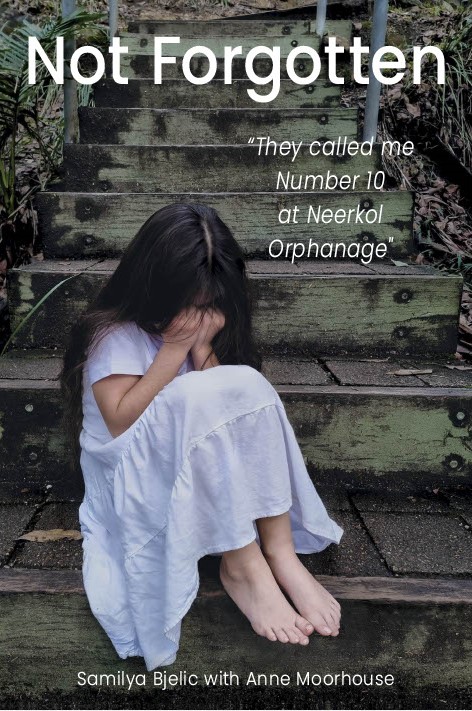 We’ve been staying with Karin and Wei in Beijing. Karin is Steven’s cousin, so that makes us all cousins. Lovely.
We’ve been staying with Karin and Wei in Beijing. Karin is Steven’s cousin, so that makes us all cousins. Lovely.
Wei was born in Beijing and left when he was 15 years old. He, and Karin, returned l last year.
*
 They elected to live in the inner city so it’s been a privilege to have a taste of their life in a hutong. Hutongs, the heart and soul of Beijing, are alleys formed by lines of traditional courtyard residences. Neighbourhoods were formed by joining one residence to another to form a hutong, and then joining one hutong to another. Hutong also refers to the neighbourhoods of alleys. Many hutongs have been demolished to make way for new housing, others have fallen into disrepair and are low cost accommodation while others have become protected historical areas.
They elected to live in the inner city so it’s been a privilege to have a taste of their life in a hutong. Hutongs, the heart and soul of Beijing, are alleys formed by lines of traditional courtyard residences. Neighbourhoods were formed by joining one residence to another to form a hutong, and then joining one hutong to another. Hutong also refers to the neighbourhoods of alleys. Many hutongs have been demolished to make way for new housing, others have fallen into disrepair and are low cost accommodation while others have become protected historical areas.
 Karen and Wei’s home in the hutong, is one of the few in the alley that has been renovated, with the rooms wrapping around a small courtyard, a remnant of a much larger courtyard from times long ago. Wei calls his serene courtyard a ”chaoasis”. An oasis from the chaos that is sometimes life in Beijing. Sitting in the sanctuary of their courtyard it is impossible to believe that there is a city of 27 million people just outside its walls.
Karen and Wei’s home in the hutong, is one of the few in the alley that has been renovated, with the rooms wrapping around a small courtyard, a remnant of a much larger courtyard from times long ago. Wei calls his serene courtyard a ”chaoasis”. An oasis from the chaos that is sometimes life in Beijing. Sitting in the sanctuary of their courtyard it is impossible to believe that there is a city of 27 million people just outside its walls.
 Karin is an amazing cook with a passion for Chinese cuisine. We have been treated to a dazzling array of treats from across the country, all created in her tiny kitchen. Her banquets start northern style, with a selection of cold dishes such as marinated cucumber, jellyfish with chilli, lotus root salad, shredded bean curd, three flavoured salad and woodear mushroom salad. She follows this with an array of hot dishes such as steamed eggplant with cumin, asparagus in chicken broth, duck and winter melon soup, tree bark with egg, pork cooked in red fermented beans, chicken with peanuts, sticky rice in lotus leaves and garlic steamed prawns. The dishes have exotic names such as La pi, Gong Bao and Su Dong Po but I have been at a loss to remember them and put them with the correct dishes. I have learnt that Continue reading →
Karin is an amazing cook with a passion for Chinese cuisine. We have been treated to a dazzling array of treats from across the country, all created in her tiny kitchen. Her banquets start northern style, with a selection of cold dishes such as marinated cucumber, jellyfish with chilli, lotus root salad, shredded bean curd, three flavoured salad and woodear mushroom salad. She follows this with an array of hot dishes such as steamed eggplant with cumin, asparagus in chicken broth, duck and winter melon soup, tree bark with egg, pork cooked in red fermented beans, chicken with peanuts, sticky rice in lotus leaves and garlic steamed prawns. The dishes have exotic names such as La pi, Gong Bao and Su Dong Po but I have been at a loss to remember them and put them with the correct dishes. I have learnt that Continue reading →
Like this:
Like Loading...
























 In the winter of 1950 Margaret Sanger, then seventy-one, and who had campaigned for women’s rights to control their own fertility for five decades, arrived at a Park Avenue apartment building. She had come to meet a visionary scientist with a dubious reputation, more than twenty years her junior. His name was Gregory Pincus.
In the winter of 1950 Margaret Sanger, then seventy-one, and who had campaigned for women’s rights to control their own fertility for five decades, arrived at a Park Avenue apartment building. She had come to meet a visionary scientist with a dubious reputation, more than twenty years her junior. His name was Gregory Pincus. 